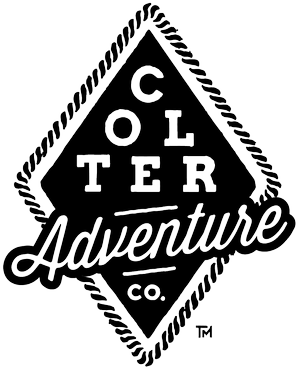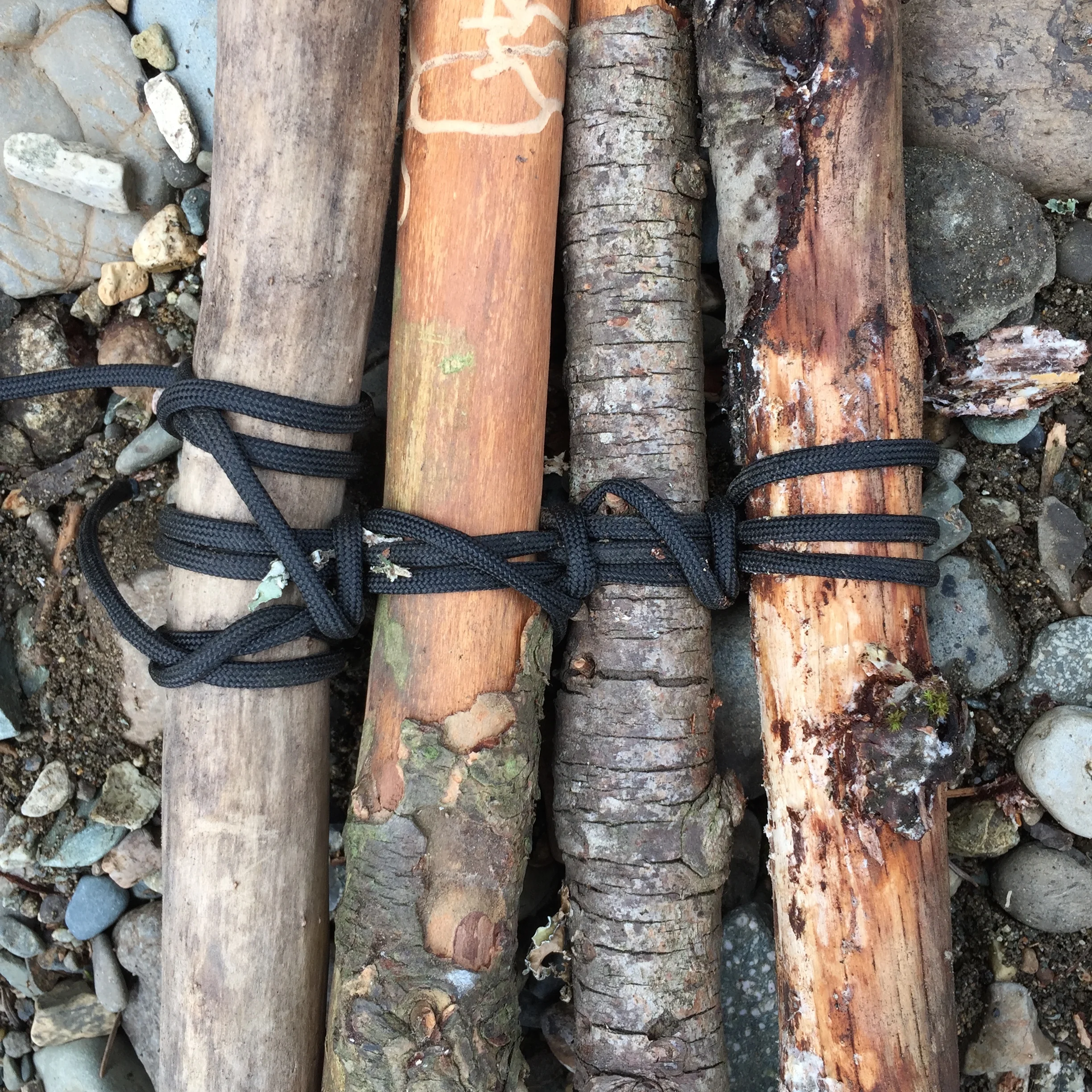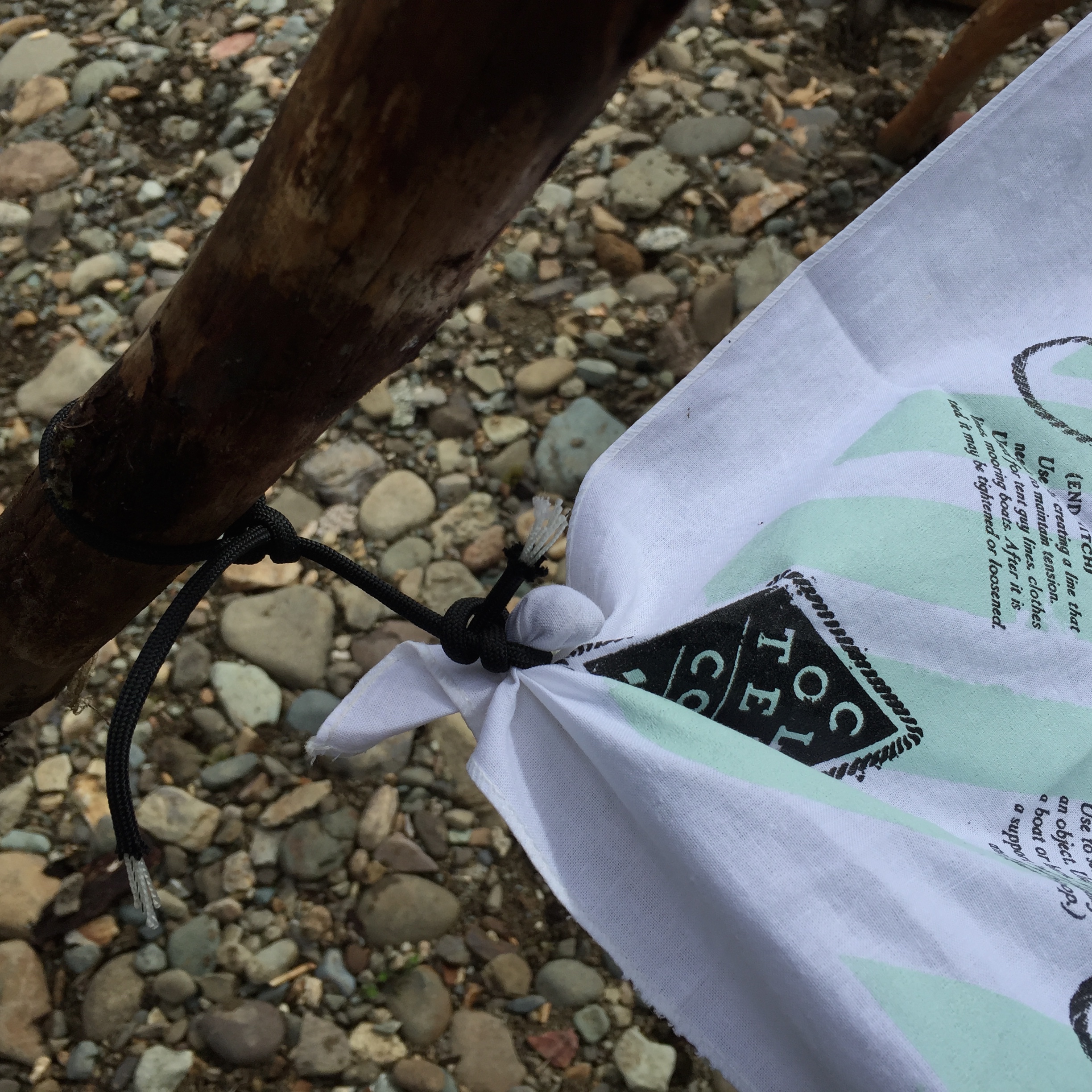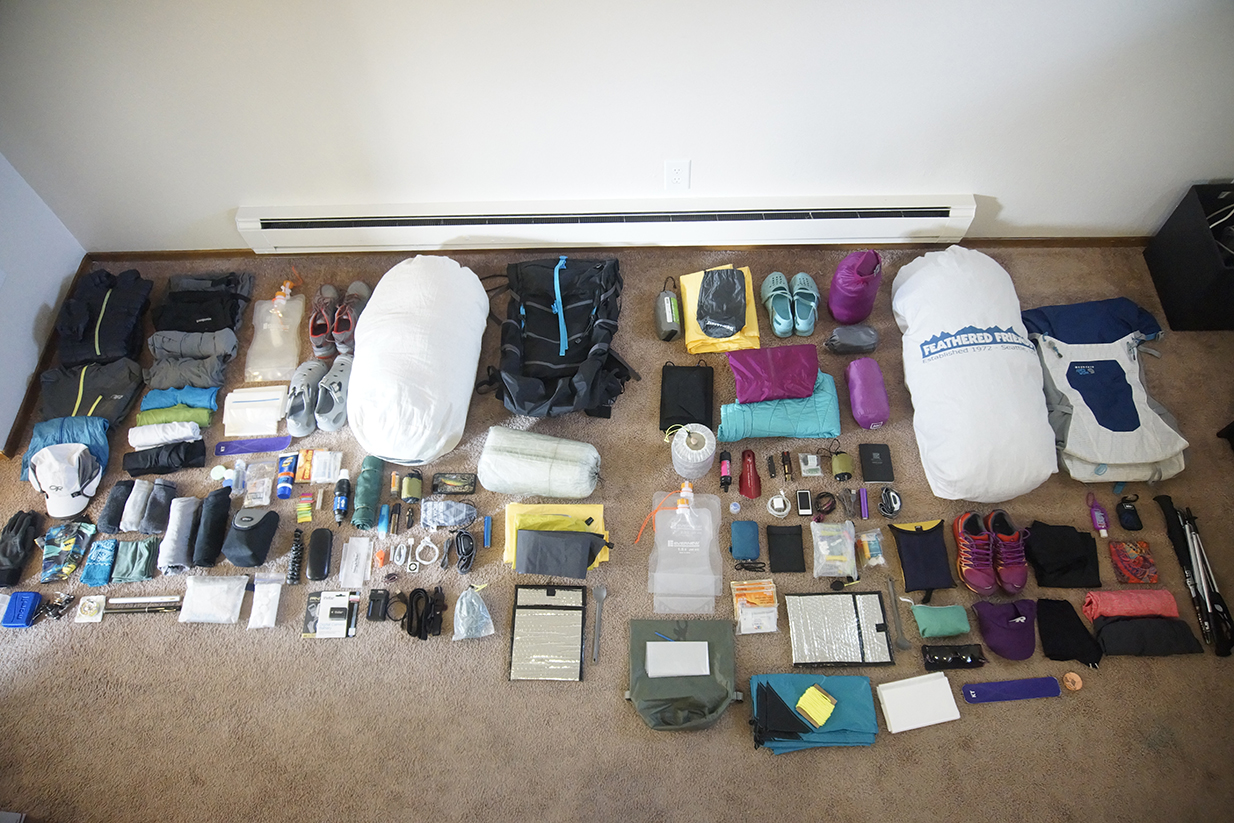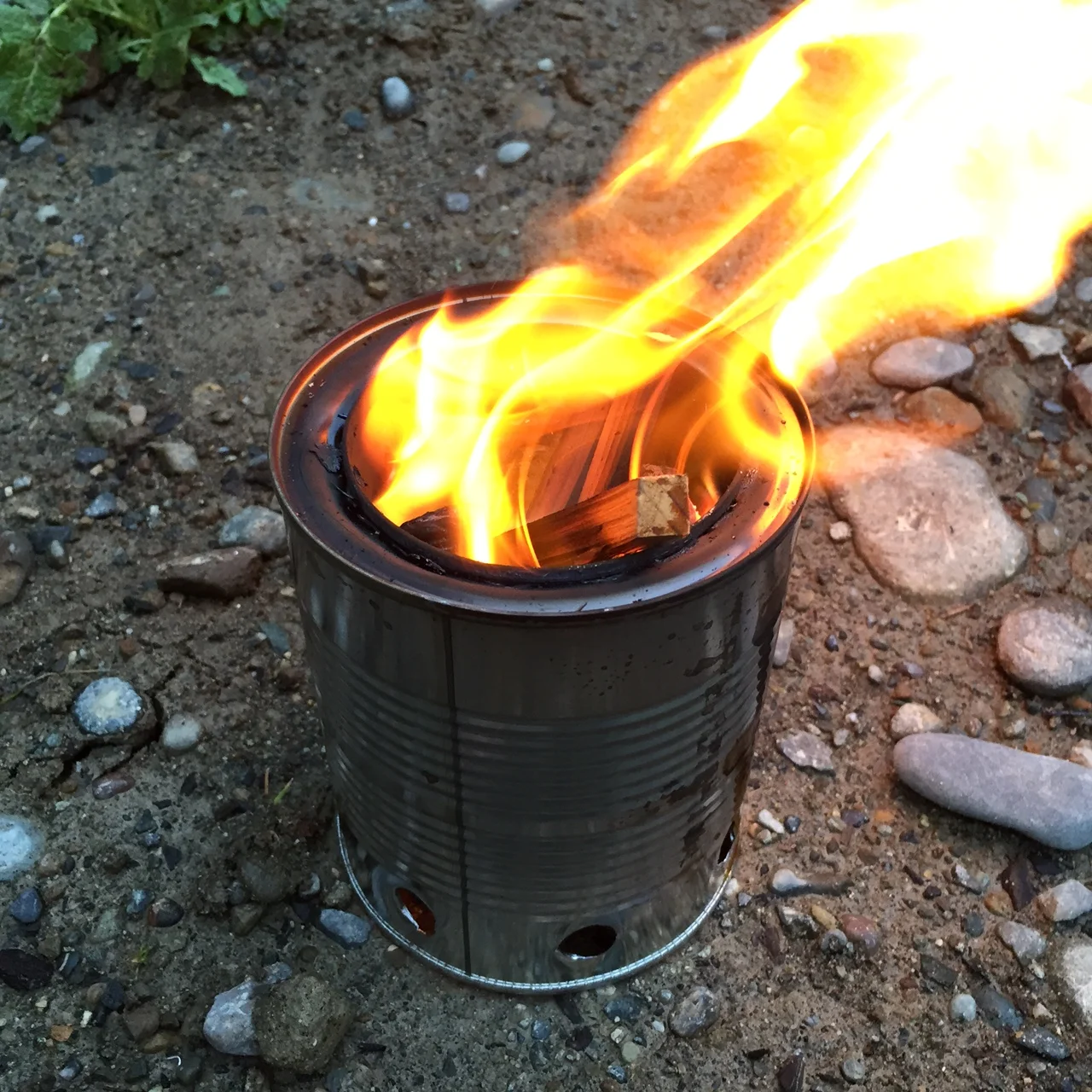Tyler and Becca (friends of ours) are hiking it this year. All of it. I'm very excited for them and can't wait to hear about their trip and will try very hard not to let jealousy completely overcome me. Before they begin I got the scoop on their plans and their gear list.
Colter Co.: Why did you decide to hike the PCT?
Tyler: It has been something that we’ve wanted to do ever since we found out about it. We started really getting into backpacking about 4 years ago and it was something that we added to our bucket list. There was kind of a perfect storm of transitions going on in our lives so we decided that now may be as good a time as any. It was a now or maybe never sort of scenario.
CC: How long have you been planning for this?
T: We bought our plane tickets at the very beginning of the process and that was sometime at the end of last July. It’s been almost a 9-month planning process. We figured that it would be easier financially to spread things out over a longer time. It’s allowed us some opportunities for trial and error with gear and meal planning, so it’s worked out. We definitely don’t think that it requires that long of a planning period, but we’re doing this for two people with twice as much to think about. The bulk of our preparation really started about 3 or 4 months ago. At that point it was what we did every weekend and any other free time that we had.
CC: What do you think will be the biggest challenge?
T: We both think that at first the physical challenge of hiking in the heat will be the hardest. We’re not looking forward to the long stretches without water, especially with the low snow pack this year. After we get into a rhythm and start to get situated it’s going to be more of a mental challenge to do it day in and day out. The good thing about hiking together is that we’ll have a built in support system to keep each other going. We’d be more concerned about it if we were hiking alone.
CC: Which parts of the trip are you looking forward to the most?
T: Definitely the Sierra’s. We’re both dreading the desert so it will be nice to see the transition into the higher elevation mountains. We ‘ve decided to hike Mt. Whitney as a side trip, so that will be a highlight as well. We both are really looking forward to overcoming challenges, meeting new people, and just experiencing the overall culture of the PCT.
CC: What is your gear list? What is your base weight?
Becca’s base weight is 13 lbs. 6 oz.
Tyler’s base weight is 16 lbs. 2 oz.
Shared Gear: Zpack’s Hexamid Duplex Cuben Fiber Tent, Snow Peak 900 Titanium Cook Pot, alcohol stove, 7’x7’ Homemade Tarp (for shade and added rain protection), 50 feet of bear line w/ carabiner and bag, Instapark Mercury 10 solar panel, Deuce of Spades trowel.
Becca’s Gear: Mountain Hardwear Thruway 50L backpack, Feathered Friends Vireo Nano 20 degree quilt, Thermarest Neoair Women’s sleeping pad, Black Diamond Z-Poles, Outdoor Research Echo hat, Marmot Crystaline Rain Jacket, Patagonia Houdini Wind Jacket, REI Primaloft Jacket, Columbia Omniheat vest, Outdoor Research mittens, beanie, head buff, 3 hiking shirts, 2 pairs of leggings, 3 pairs of socks (2 hiking + 1 sleep), running shorts, 2 bras, underwear, sunglasses, toiletries, Ipod Nano, headphones, Sawyer Mini Water Filter w/ 1.5L and 2L Evernew water bags, REI Litecore Sit Pad, food cozy, Sea to Summit long spork, Bearvault 500 (in required areas), camp shoes, Dirty Girl gaiters, Sea to Summit but headnet, REI Ducksback pack cover.
Tyler’s Gear: Boreas Buttermilks 55L backpack, Enlightened Equipment Enigma 20 degree quilt, Thermarest Neoair ¾ length sleeping pad, Outdoor Research Sun Runner Hat, Outdoor Research Helium 2 rain jacket, Patagonia Houdini Wind Jacket, Patagonia down shirt, Patagonia Houdini pants, REI Sahara shorts, Smartwool beanie, bandana, gloves, 2 Outdoor Research Echo hiking shirts, 3 pairs of socks (2 hiking + 1 sleep), REI silk bottoms (sleep), underwear, Ipod shuffle, headphones, Sony NEX 7 camera w/ 16-50mm lens, Lowepro camera bag, Joby gorillapod tripod, Iphone 5, Sawyer Squeeze water filter w/ 1.5L and 2L Evernew water bags, Klymit Cush sit pad/pillow, food cozy, Sea to Summit long spork, toiletries, sunglasses, Penrod fishing pole w/ spinning and fly reel, fishing forceps, flies/lures, Lighter1 Big Daddy Bear Canister (in required areas), camp shoes, Dirty Girl gaiters, Sea to Summit bug headnet.
Shoes: We each have 4 pairs of shoes that we’ll have available to send to us as we need them.
